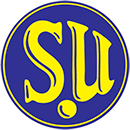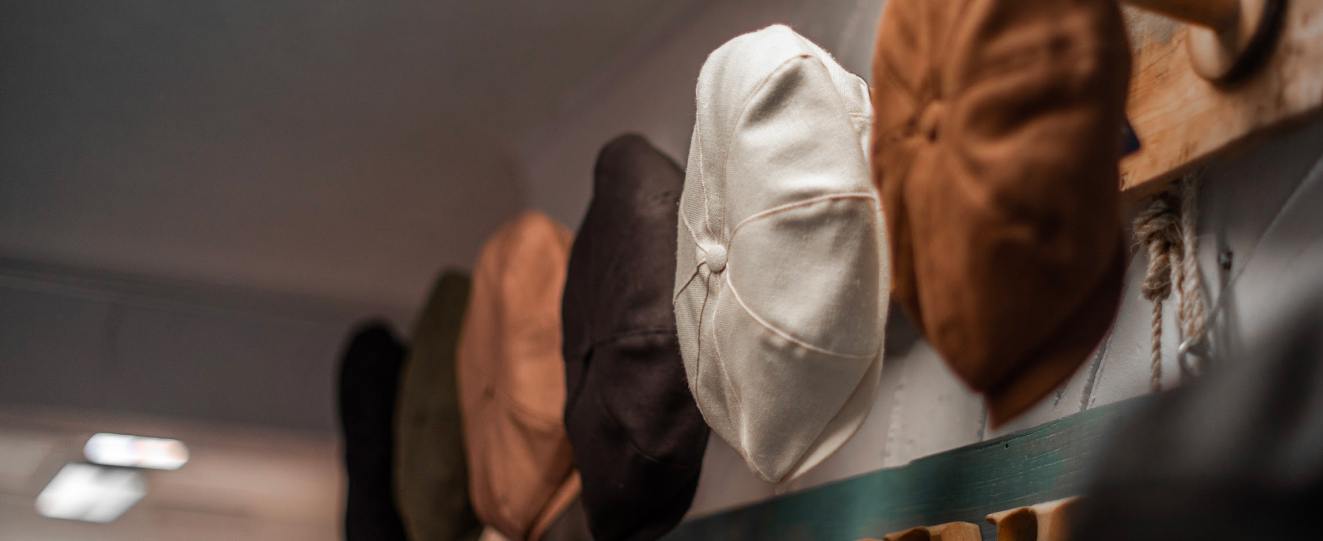The Red Skinner Special is based on the £100/100mph/100mpg streamlined Morris Minor built in 1931. Following the record the car was used as a display vehicle in a number of showrooms around the UK until Carl Skinner obtained it from William Morris in 1933.
Carl arranged for the SU Experimental Department to convert the Morris into a special for his son Peter to drive in sprints and hillclimbs. While the chassis had the same shape and dimensions as a standard Morris Minor it had been comprehensively upgraded with special steels and additional cross members, converting it was a relatively simple operation. The original Powerplus supercharger was replaced with a Zoller, the gearbox with an MG J2 4-speed and a lightweight body was fabricated by Morris Commercial Cars. The original special engine was retained, having already proven itself to be fast, reliable and strong.
Despite the car being built primarily for competition, it was immediately road registered (AOA 490) to enable road testing to take place. In 1934 motoring press referred to the car as the Red Skinner Special to differentiate it from the White Minor driven by Barbara Skinner during the same period.
The car remained in active competition until 1936 when it was discovered the engine block had cracked. With no replacement available, Carl decided it was time for an upgrade. The chassis was modified to accept a mighty Hudson 4-litre straight-eight but retained its original wheelbase and track. The lightweight body was replaced with a nicely styled aluminium racing body which was painted red.
The 4166cc side-valve straight-eight engine was fitted with a Power Dome head and fuelled by four 1½ bronze bodied SU Carburetters producing 138hp with a power to weight ratio of 220bhp/ton.
The Red Skinner Special was raced extensively by Peter and Barbara Skinner until the outbreak of the Second World War. The only modification made to the car was a conversion from RHD to LHD which allowed for a better driving position and improved directional control.
In 1946 the car was sold to Ted Lloyd-Jones in Tamworth. Unsatisfied with the performance he rebuilt the car during 1947/48 adding hydraulic brakes and Rudge centre-lock wheels. A new chassis was also added, with increased wheelbase and wider track. The rear axle was retained but now the rear track could be increased to accept twin rear wheels to aid traction when racing. A new body was produced to fit the newly fabricated single-seat set up with 8 stub-pipes exposed on one side.
The Special was sold in 1951, advertised in MotorSport for £350. Between 1951 and 1967 the car passed through a number of owners and was used for a variety of motorsports, during this time it also went through a number of different engines including a Jaguar XK and Cadillac V8. The rather tired remains were bought by Rodney Cummins who also purchased a Hudson straight-eight, both sold to Michael Browne in 1970.
Browne conducted a full rebuild of the Special to original specifications fitting larger diameter front brakes and a new replacement body. He raced the car regularly in the 70s and 80s and reasserted its position as a credible racer and hillclimber before his death in 1999.
Andrew Harding purchased the car from the Browne estate in 2000 and also used the car in regular competition before selling it to Burlen Fuel Systems in 2011. Burlen own the car to this day, in ready-to-race condition and continue to compete and run the car regularly.
At the 1933 Olympia Motor Exhibition SU unveiled two models of the ubiquitous L type low-pressure fuel pump. The factory is geared up to produce the units in vast quantities, despite continuing to produce over 2000 carburetters a week.
Prestigious brands don’t come much better than Rolls-Royce and in 1934 the luxurious car maker produced a new carburetter that employed SU principles to be fitted as standard to their 20/25 and Phantom II during 1934 and 1935.
Specially manufactured carburetters were also offered by SU. In 1935 a unique updraught horizontal dashpot unit was developed for the twin-centric supercharged Gough engine fitted to the Frazer Nash single-seater racing cars of the time.
Developments continued at pace within the SU Headquarters. The Hydraulic Piston Damper is launched in 1938, designed specifically to eliminate flat spots and hesitation in engines by momentarily enriching the mixture under acceleration.
The size of the company is also increasing at an impressive rate. By 1939 carburetter production had increased to 4000 per month while also building 4000 L type fuel pumps during the same period. Staff numbers had risen to 570 employees and it is claimed that 1 million carburetters had been produced since 1912.
Speed was also the order of the day on the road in 1946. Using a straight stretch of dual carriageway between Jabbeke and Aalter in Belgium, Goldie Gardner achieves a Class H flying mile record with an average speed of 159.151mph and a fastest single speed of 164.722mph. The car was an MG streamliner special, codenamed EX 135, fitted with an 741cc six-cylinder supercharged engine with twin SU carburetters.
In 1948 motoring magazines announce that Carl Skinner had set up as a consultant engineer, forging a new career that would last to his death in 1958, aged 76.
By 1950, The SU Carburetter Company Ltd employed over 1000 people with an output of 235,411 carburetters and 248,813 fuel pumps recorded in that year.
1952 saw the Austin Motor Company Ltd merge with Morris Motors Ltd and The SU Carburetter Company Ltd came as a part of the deal. In April 1952 SU became a part of the British Motor Corporation Ltd (BMC). Under BMC the annual output of SU increased dramatically to 1.3million carburetters and 1.5million fuel pumps.
In 1968 BMC merged with Leyland to create British Leyland Ltd. One year later The SU Carburetter Company Ltd was renamed SU Fuel Systems and became a part of SU Butec, a components division within British Leyland.
During the 50s and 60s the SU brand remained a part of British Leyland though its many guises, operating through good times and bad. The 70s saw strikes and industrial chaos under British Leyland with SU workers regularly on strike over pay and industrial disputes.
In 1979 SU Fuel Systems announced that it will no longer be involved with the development of fuel injection systems, believing that fuel injection would remain at the top of the car market and never be a mass-market product. This decision was pivotal in the slow decline SU saw throughout the 1980s as fuel injection systems became cheaper and more commonplace.
Leyland was, once again, re-grouped in 1982, becoming the Austin Rover Group and Jaguar. SU was incorporated into the Austin Rover Group and would be renamed Austin Rover Fuel Systems in 1983.
The brand remained in operation until the mid-80s. It is at this point we pick up the story as part of Burlen History
Add skinners union logo and design







